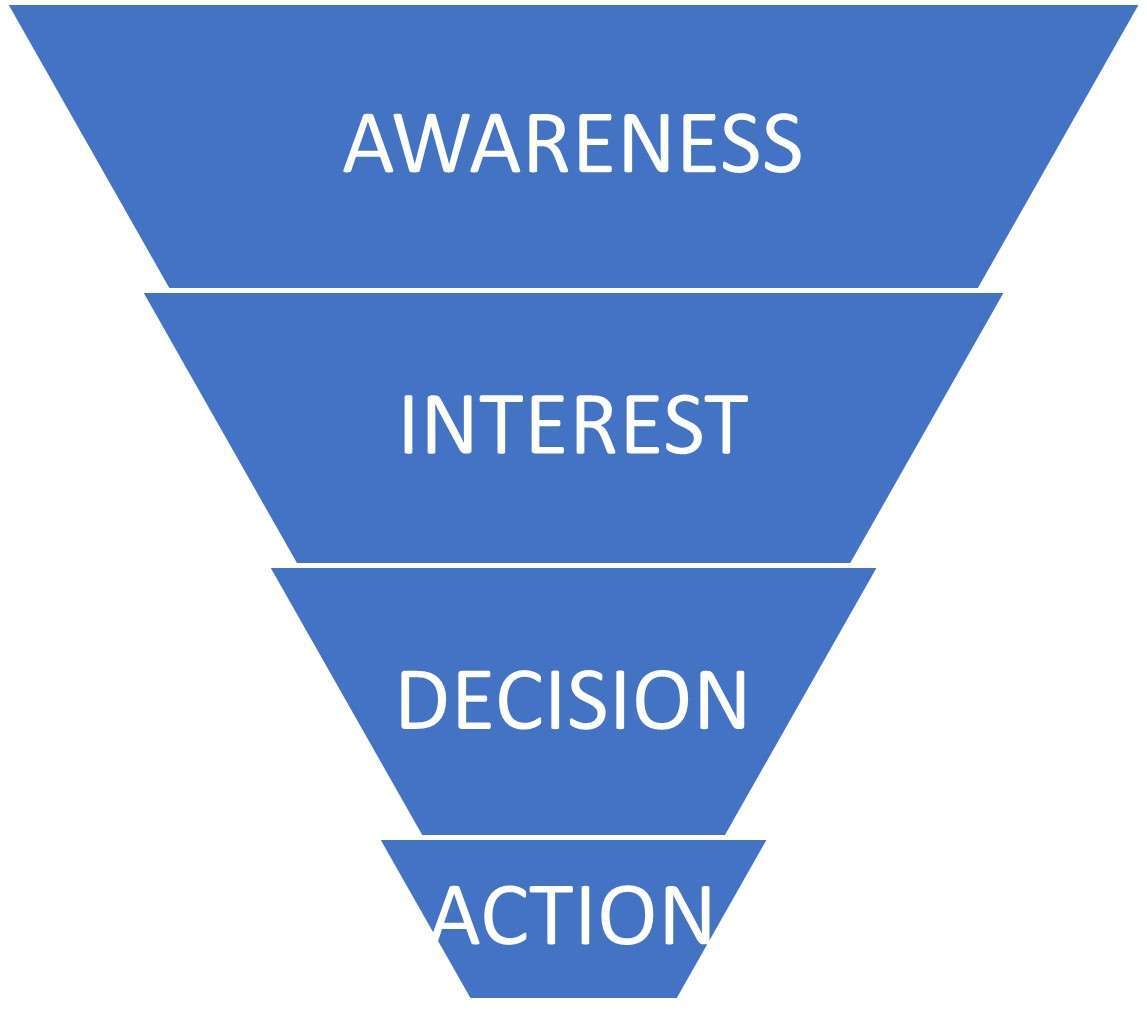The customer journey and marketing funnel are critical marketing processes that add structure to your marketing activities. When used together, these complementary tools maximize your marketing initiatives. While it’s essential to understand the difference between a customer journey and a marketing funnel, it is critical to know how to use them together to deliver the best outcome for your customers and your marketing efforts.
What is a Customer Journey?
Understanding and mapping your customers’ interactions with your company is crucial because 80% of customers consider their interaction with a company (aka their journey) to be as important as its products.
Your customer’s journey describes all the touchpoints they encounter while interacting with your company and brand. Depending on the company, the product or service offered, and the customer’s purchasing characteristics, a customer’s journey may be simple or quite complex.
What is a Marketing Funnel?
Your marketing funnel is an internal process used to understand and visualize your customer’s stage of interest in your company and brand. It is the linear steps a potential customer takes from first finding out about you until they convert. Its shape comes from the simple idea that it takes many more leads at the top of the funnel to convert to a far fewer number of customers at the bottom of the funnel.
Understanding the marketing funnel is vital because it defines the marketing initiatives you should undertake. While there are many funnel variations, most essential components remain the same.
Typical Funnel Components

Awareness – The top of the funnel represents the largest group of potential customers, referred to as leads. Leads are early in their journey and are drawn in from customer reach marketing campaigns that build trust, including events, blog posts, and social media ads, all aimed at providing information. At this point in their journey, leads become aware of their options from you and your competition. The goal is to get your lead interested in what you are offering.
Interest – Now that you piqued their curiosity, they are receptive to more information about your company, brand, products, and services. During the interest portion, you want to develop a relationship. You provide more targeted content about your brand positioning through email marketing campaigns, webinars, and newsletters. Introducing a two-way conversation is a great way to move leads further down your funnel.
Decision – At this point, your lead is well into their journey. They want to decide, so your role is to provide the information that matters the most to them. You want to nudge them along, so they convert into customers. Present your special deals, promotions, or enhanced service arrangements that will give you an advantage. Targeted email campaigns with case studies and opportunities for product trials help them make the final decision.
Action – You want to focus all your efforts on making it easy for the potential customer to make a purchase. Creating a sense of urgency regarding availability helps, as does a seamless, streamlined checkout process.
So, What is the Difference?
A typically linear marketing funnel outlines the most straightforward way a lead gains awareness of your company and ultimately converts to a customer. The customer journey is typically not quite as clear. Two potential customers might be at the same point in your marketing funnel but may have arrived by following two entirely different paths.
Think of two leads in the “interest” portion of the funnel. One may have reached the middle of your funnel by subscribing to your newsletter, while the other may have visited your blog several times. Both are at the same stage in your funnel, but their actual journeys and marketing touchpoints have been quite different.
Why you Need to Understand Both
Following a simple linear funnel is not enough to gain real insight into your customer’s behavior. Often customers follow paths that wander and circle back, interacting with your brand in many different ways. Each of these interactions is a critical touchpoint. Many leads go back to the same touch point several times while making their purchase decision. The average lead encounters eight touchpoints before feeling confident to make a purchase.
Detailed planning and flawless execution ensure that every user touchpoint is on brand, given the user’s stage in your marketing funnel. This can be daunting, but Equivity can help. Our experienced marketing strategists and marketing assistants are ready to plan, implement, and monitor your marketing efforts. Contact us today!
